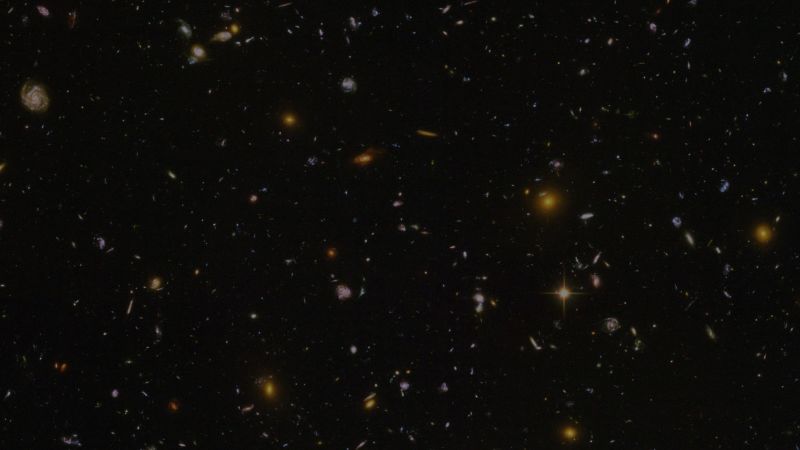Resuming its celestial communication after a period of silence, Voyager 1 spacecraft, has started sending data back to Earth after a hiatus of five months. Voyager 1, NASA’s farthest and fastest spacecraft, has been on a journey that spans over four decades and continues to astound and excite us with its discoveries and information about deep space.
To comprehend the significance of this development, one has to understand the magnitude of Voyager 1’s mission. Launched on September 5, 1977, Voyager 1’s primary mission was to provide detailed images of Jupiter, Saturn, and their moons. However, the spacecraft exceeded expectations, providing data about the outer planets and eventually reaching interstellar space.
Prior to the recent five-month break in communication, Voyager 1 continued to transmit valuable data to earth, from nearly 14 billion miles away. What makes this vast distance communication possible is the Deep Space Network (DSN), a worldwide network of satellite dishes that enable interplanetary communication.
The communication lapse was due to maintenance and upgrades on the DSN. Specifically, one of the 230-foot-wide (70-meter) radio dishes in Canberra, Australia, known as DSS43, was undergoing upgrades. DSS43 is the only technology capable of communicating with Voyager 1 due to its location in space. Therefore, the updating work led to an inevitable break in Voyager 1’s transmission of data to Earth.
Now, with the completion of the upgrade operation, DSS43 resumed communication with Voyager 1 in November 2020, marking an end to the five-month hiatus of data transmission, a significant event in the ongoing space narrative. The first signals Voyager 1 sent back to Earth indicate that the spacecraft continues to be in good health and on course.
It’s noteworthy to consider that a spacecraft launched in 1977 continues to function effectively, a testament to NASA’s pioneering engineering and technology. Voyager 1’s data is invaluable, providing insights, directly from interstellar space, that are shaping our understanding of the universe.
This incredible milestone is momentous in the sense that it reinstates the fact that Voyager 1, even after 44 years of its launch, is unswerving in its duty of exploring the unknown corners of the universe. It continues to embark on what has been an immensely successful mission, moving at a speed over 38,000 miles per hour.
The resumption of data transmission is expected to further enhance our knowledge about space in ways we cannot predict. Throughout its journey, Voyager 1 has consistently surpassed expectations, stretching the limits of human knowledge about deep space. Despite the challenges of distance and time, it continues to push the boundaries and expand the horizons of our cosmic understanding.
In a nutshell, Voyager 1’s revival of data transmission is a stellar feat, signifying the junction of human innovation and the mysteries of cosmos. Its journey, from the planets of our solar system to the brink of interstellar space, echoes the unfading human spirit of invention and exploration.




